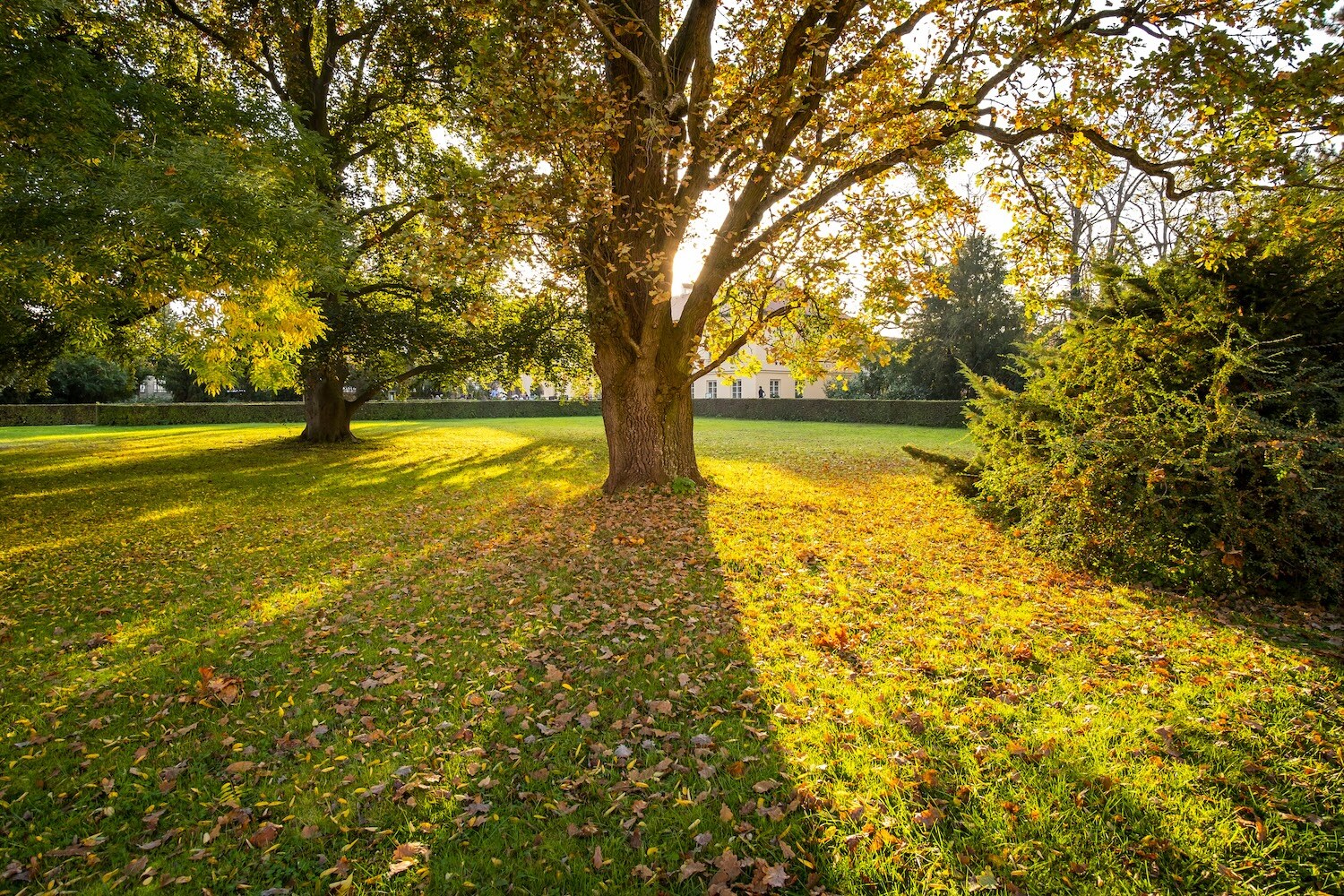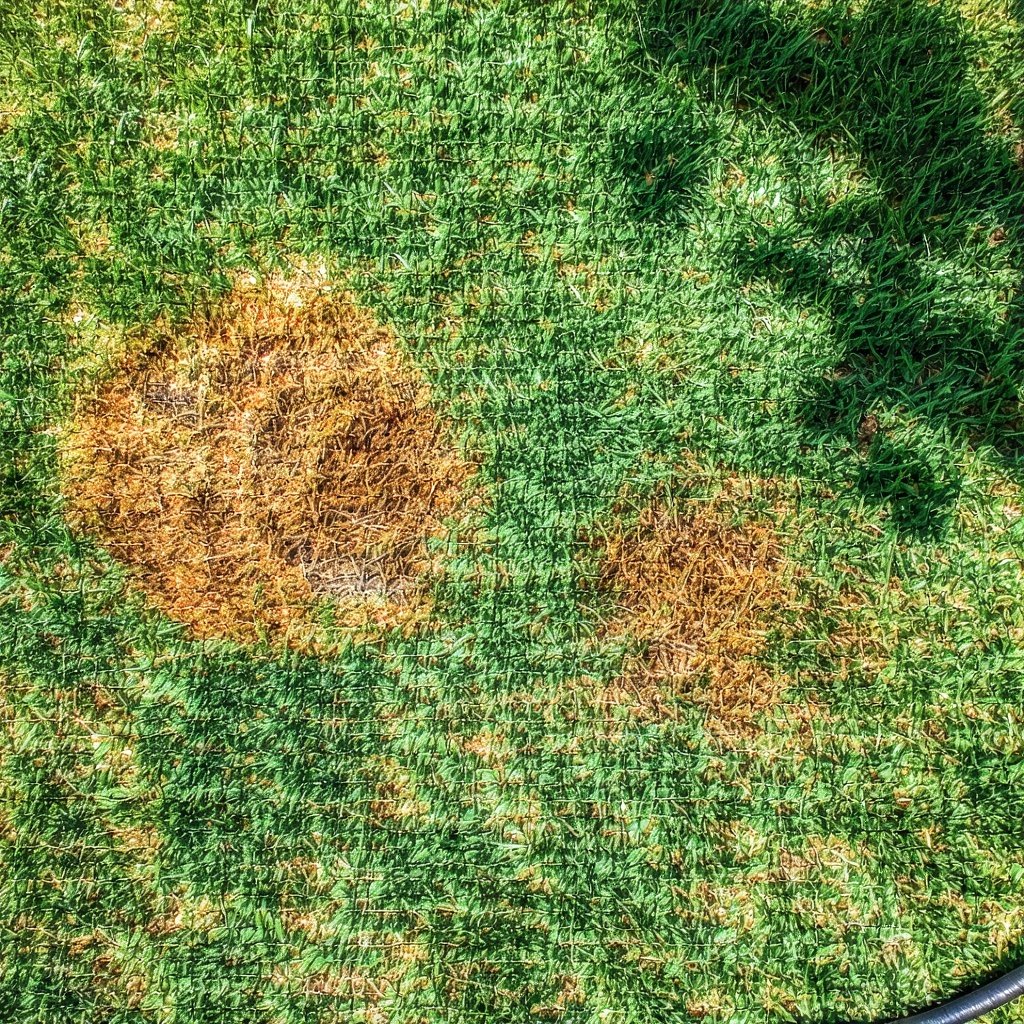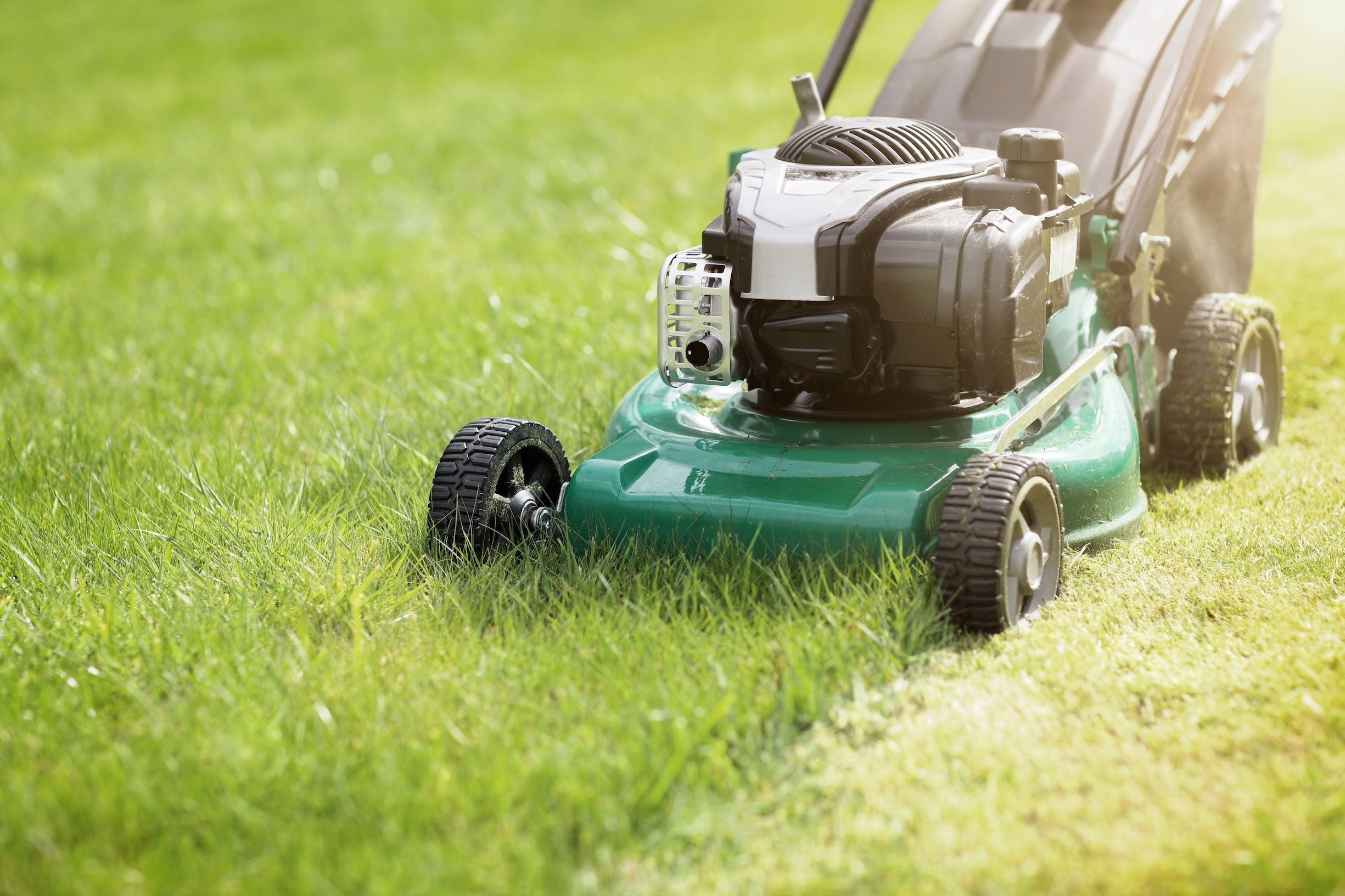Summer Fungus Alert: How to Spot Brown Patch, Dollar Spot & More
Summer might bring sunshine, BBQs, and backyard fun—but for your lawn, it’s also prime time for fungal disease. Warm temperatures, high humidity, and...
3 min read
Savanna Fiegl
:
9/23/24 10:56 AM

As the seasons change, you might notice that your once lush, green lawn starts to lose its vibrancy, turning brown and seemingly lifeless. While this can be alarming, it's often just a natural process known as lawn dormancy. Understanding this phenomenon can help you maintain a healthy lawn year-round and avoid unnecessary panic or improper care.
Lawn dormancy is a survival mechanism that grass uses to withstand extreme weather conditions, such as the intense heat of summer or the frigid cold of winter. During dormancy, grass temporarily stops growing and conserves its energy, allowing it to survive in conditions that would otherwise be detrimental to its health.
There are two main types of lawn dormancy:
Summer Dormancy: This typically affects cool-season grasses like Tall Fescue. When temperatures rise above 85°F and rainfall is scarce, these grasses enter dormancy to protect themselves from drought stress. The grass may turn brown and brittle, but it’s not dead—it’s just waiting for cooler temperatures and more moisture to resume growth.
Winter Dormancy: This affects warm-season grasses like Bermuda, Zoysia, and St. Augustine. As temperatures drop below 55°F, these grasses enter dormancy to protect themselves from the cold. You’ll notice your lawn turning brown or yellow during the winter months, but come spring, it will green up again as the temperatures rise.

Tiger stripes in lawns refer to the appearance of alternating dark and light green stripes that can sometimes occur naturally, especially during certain weather conditions or periods of dormancy. These stripes are usually more noticeable when a lawn is entering or coming out of dormancy, such as in extreme heat, drought, or cold weather. Dormancy is a state in which grass growth slows or halts to conserve energy and moisture.
Uneven Dormancy Onset: Some grass types may not go dormant uniformly. Grass in sunny areas or spots with better moisture may stay green longer, while other areas dry out and turn brown, creating a striped effect.
Soil Moisture Variations: Differences in soil moisture can lead to uneven greening when the lawn is coming out of dormancy, especially after rain or irrigation. Wet areas will green up faster, while dry areas remain brown.
Mowing Patterns: Even though mowing may not directly cause dormancy-related tiger stripes, the direction and method of mowing can sometimes exacerbate the appearance of stripes when combined with dormancy. Grass blades bent in one direction reflect light differently than those bent the other way, creating a striped effect that may stand out more during dormancy.
While dormancy is a natural and necessary process, there are steps you can take to ensure your lawn remains healthy during this period and bounces back when conditions improve.
Watering: While dormant grass requires less water, it’s important to provide occasional deep watering to keep the root system hydrated. However, do not water your lawn during freezing temperatures, or you'll risk frost damage.
Mowing: During dormancy, the grass growth slows down significantly, so mowing is not needed as frequently. However, when you do mow, raise your mower blades for just a light trim to avoid stressing the grass further than it already is.
Minimize Foot Traffic: Dormant grass is more fragile and can be damaged easily by excessive foot traffic. If possible, limit activity on the lawn to avoid creating bare spots that may struggle to recover.
Weed Control: Weeds can take advantage of a dormant lawn, so it’s important to manage them effectively. Pre-emergent herbicides can be applied before dormancy sets in, and post-emergent treatments can be used to control any weeds that do pop up.
While dormancy is not a cause for concern, there are times when a brown lawn may indicate a more serious issue. If your lawn remains brown and shows no signs of recovery after the temperatures have normalized, or if you notice patchy, irregular browning, it could be a sign of disease, pests, or soil problems. In such cases, it’s best to contact us when you notice these issues.
Lawn dormancy is a natural response to environmental stress and is crucial for the long-term health of your grass. By understanding and managing dormancy correctly, you can ensure that your lawn remains healthy and vibrant throughout the year. Remember, patience is key—once the conditions are right, your lawn will spring back to life, rewarding you with the lush, green appearance you love.

Summer might bring sunshine, BBQs, and backyard fun—but for your lawn, it’s also prime time for fungal disease. Warm temperatures, high humidity, and...

As summer approaches and the days grow longer and warmer, maintaining a vibrant, healthy lawn becomes a top priority for many homeowners. Proper...

Tall Fescue retains its lush green appearance for most of the year, making it a popular choice over other grass varieties. However, when the harsh...